On May 29, Guatemala's Ministry of Culture said that scientists had just discovered the ruins of an ancient Mayan city dating back more than 2,800 years in the northern province of Petén, bordering Mexico.
The VNA correspondent in Latin America quoted the agency's announcement, saying that the city is named "Los Abuelos" (Grandparents), has an area of about 16 square kilometers, and is located about 21 kilometers from the Uaxactún archaeological site in Petén province.
Archaeologists estimate the ruins date back to the Preclassic period between 800-500 BC and are believed to have been one of the oldest and most important ceremonial centers of the Maya civilization in the Petén forest.
The ancient site has a remarkable architectural layout with pyramids, astronomical observatories and sculptures with unique symbols of the region.
Archaeologists named the site “Los Abuelos” after discovering two humanoid sculptures resembling a pair of ancestors.
The works date from 500 to 300 BC and may be related to ancient rituals, culture, and symbols.
Previously, on April 7, the Guatemalan government announced that archaeologists had discovered an ancient altar decorated with murals from the Teotihuacan culture - one of the most important pre-Columbian civilizations in Central America, in the ancient Mayan city of Tikal.
This is an important discovery, demonstrating the social, political and cultural interaction between the Maya at Tikal and the elites at the ancient city-state of Teotihuacan, which originated in Mexico.
The Maya civilization existed from at least 2000 BC, extending into southern Mexico, Guatemala, Belize, El Salvador and Honduras.
This civilization reached its peak during the Classical period, from 400 to 450 AD, and declined during the Post-Classical period (900 to 1200 AD)./.
Source: https://www.vietnamplus.vn/guatemala-phat-hien-tan-tich-thanh-pho-co-maya-co-nien-dai-2800-nam-post1041585.vnp




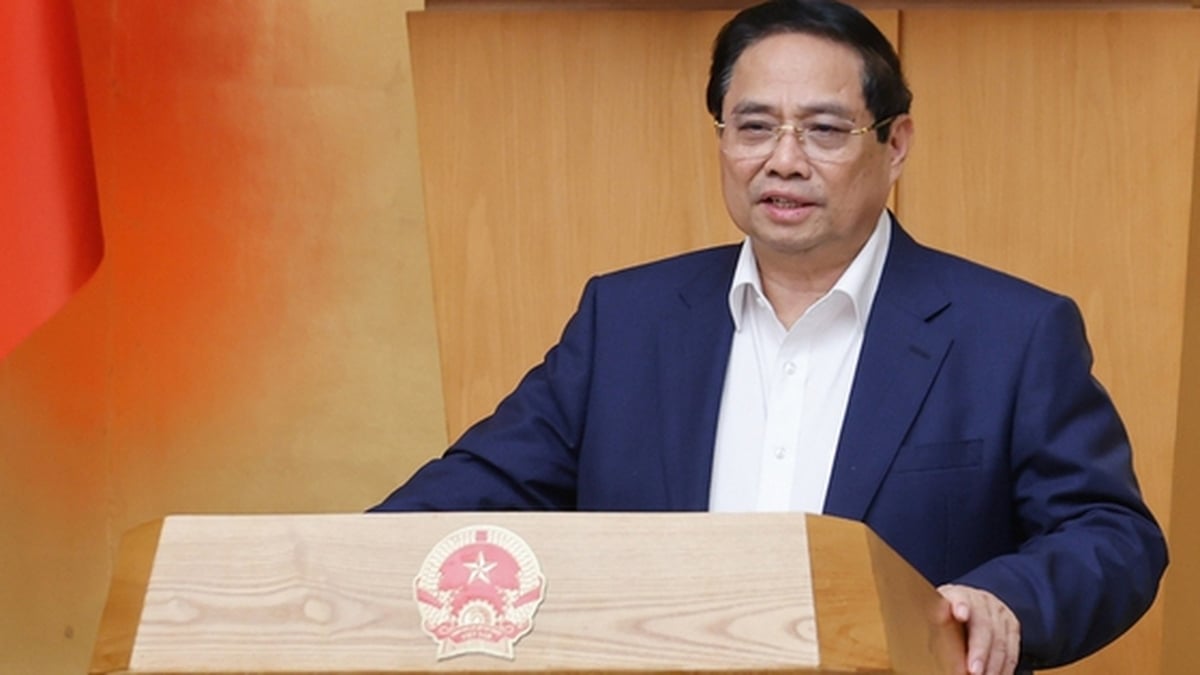

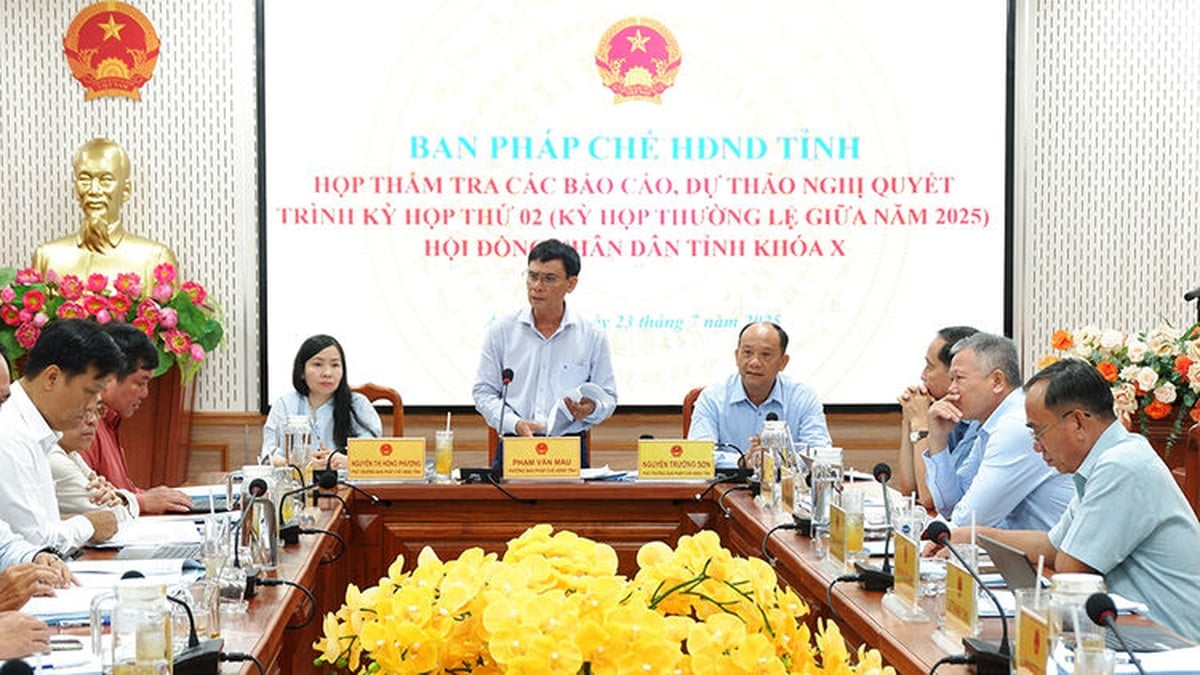
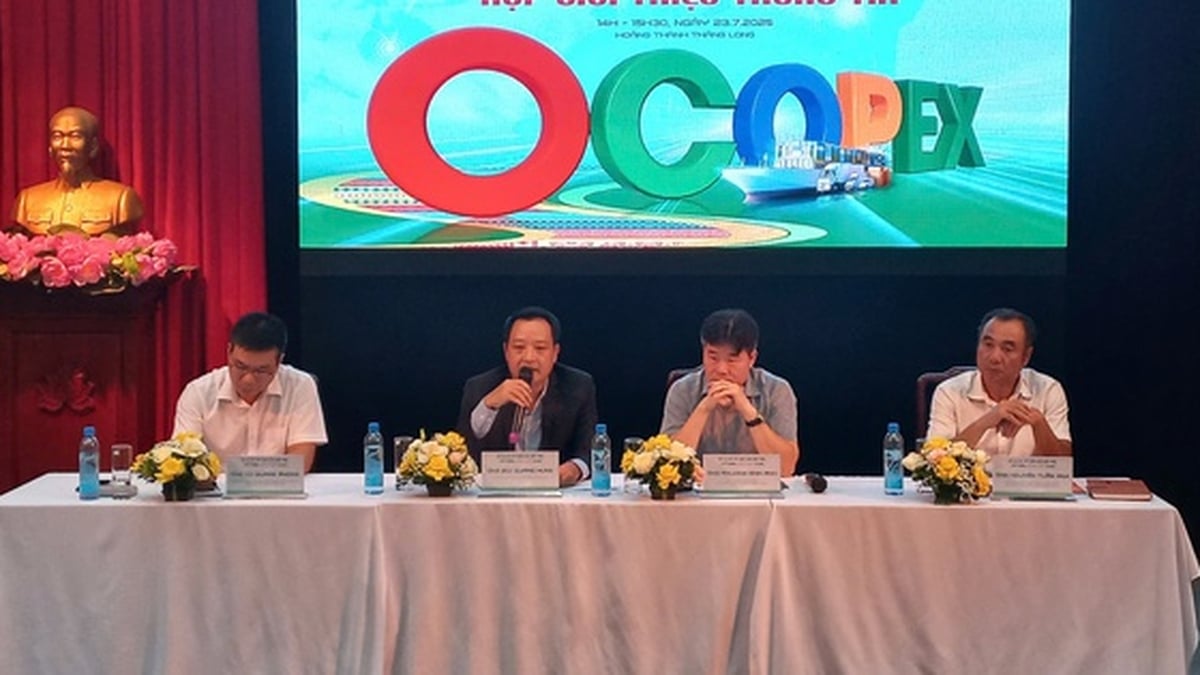
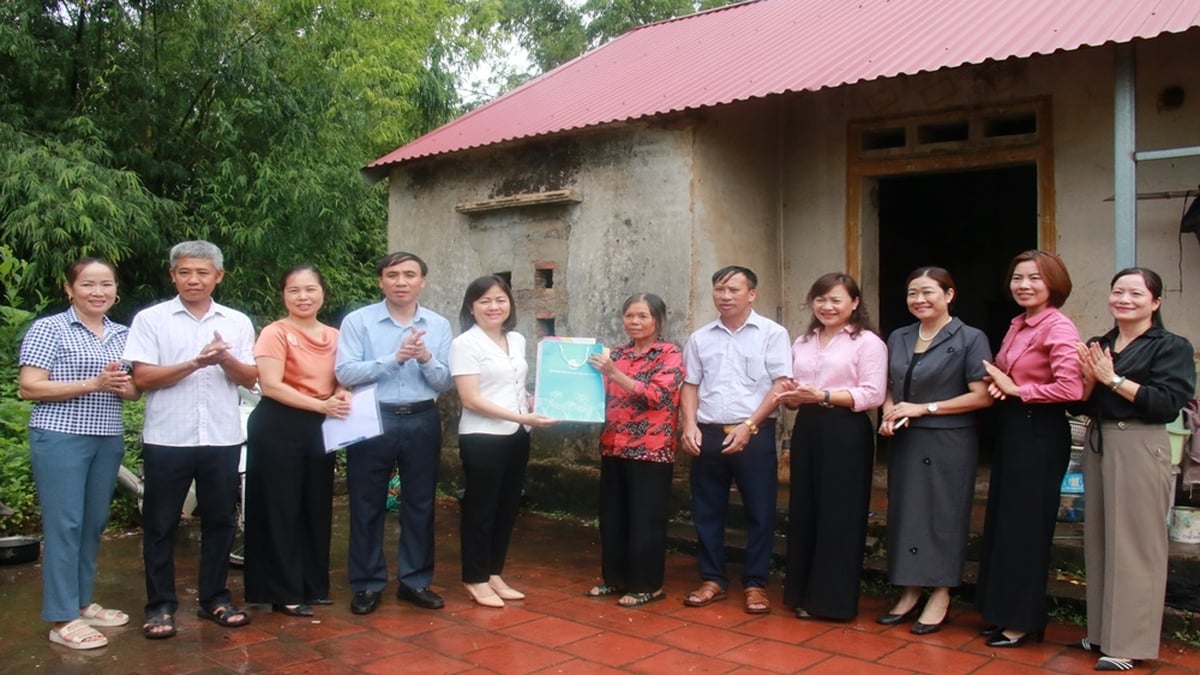


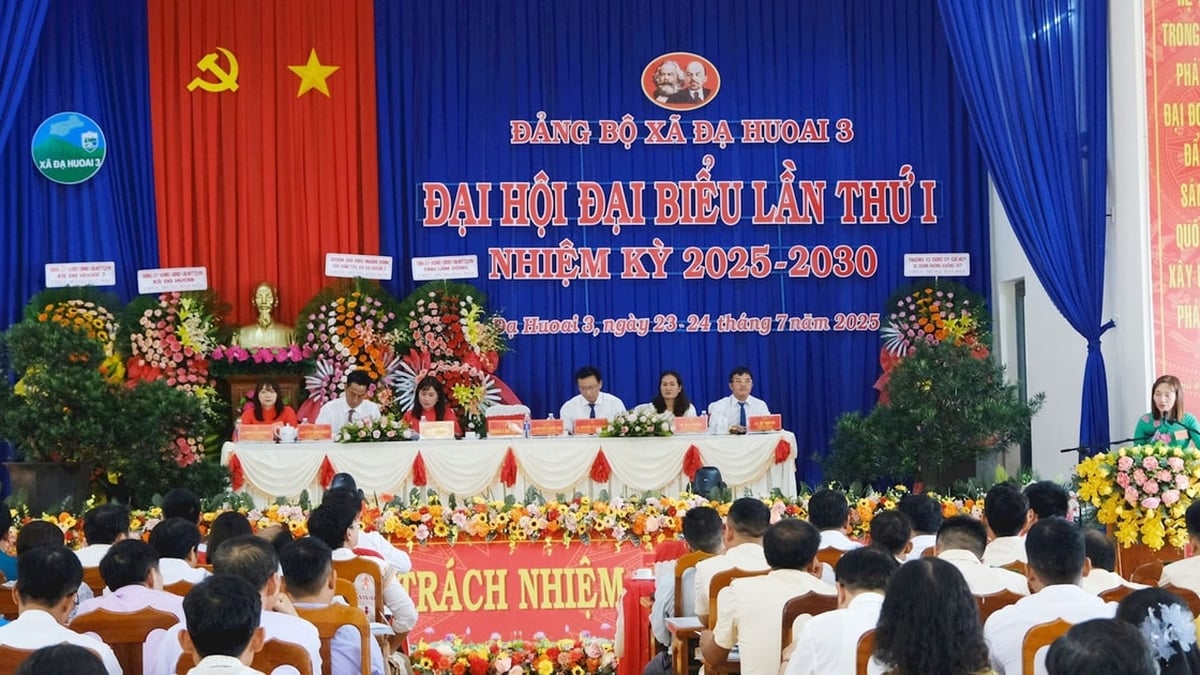











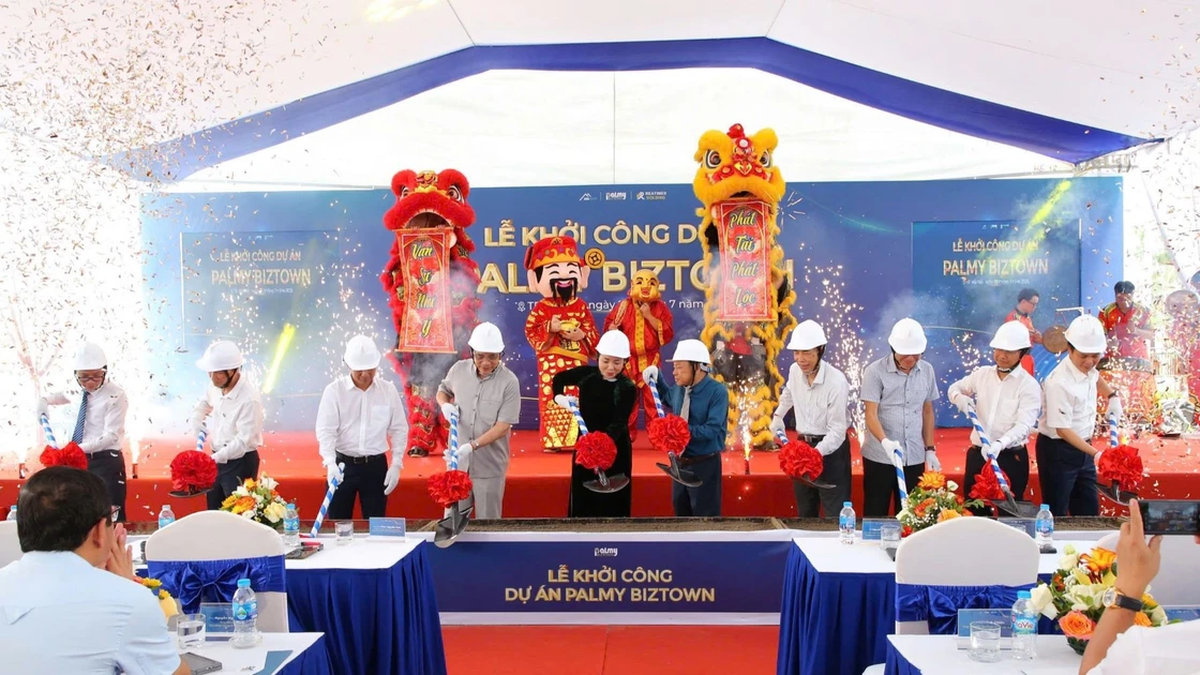

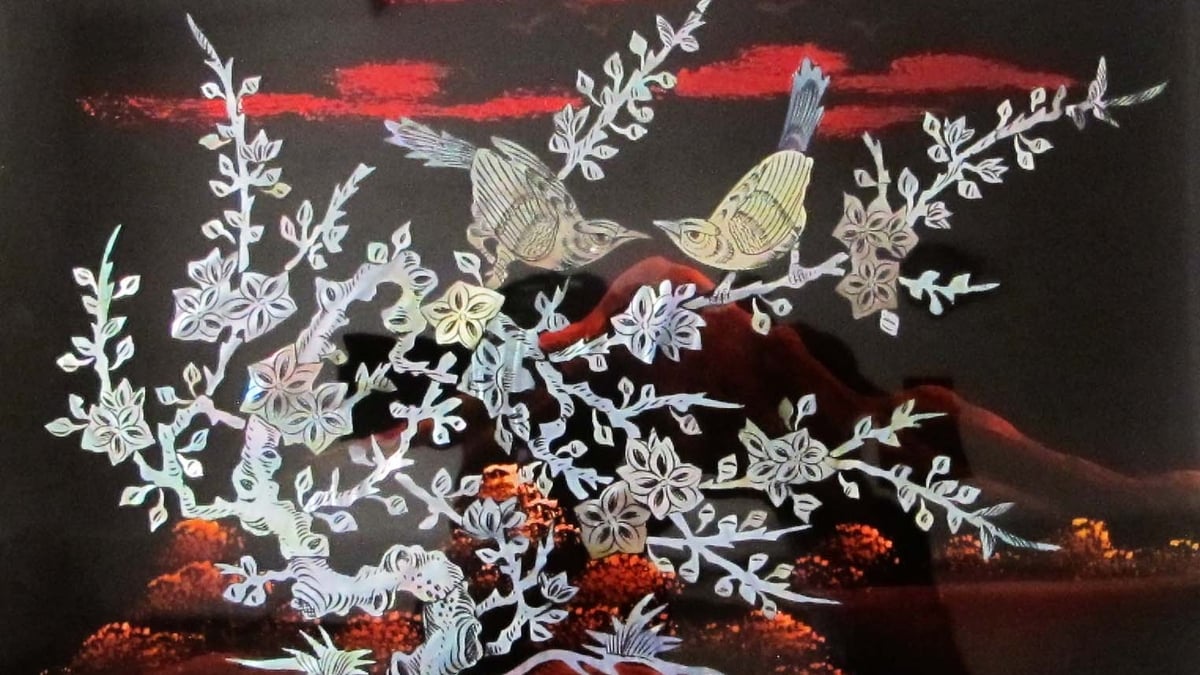

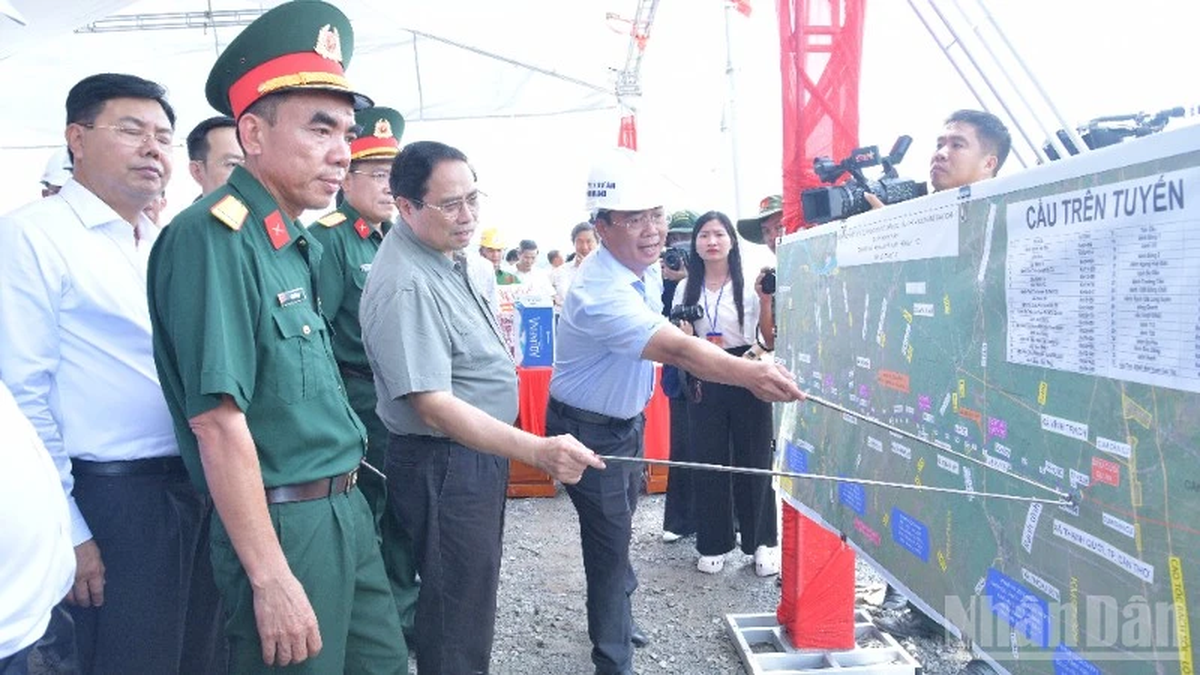






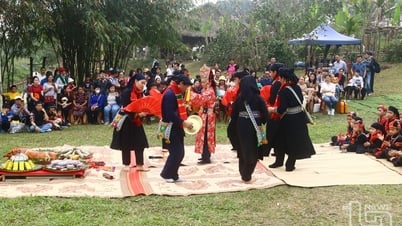


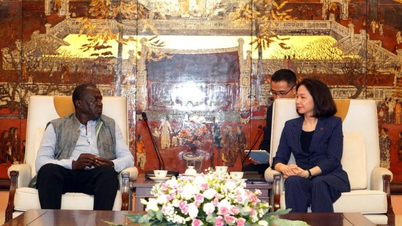


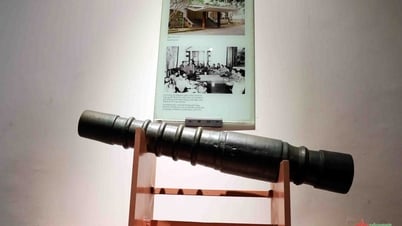










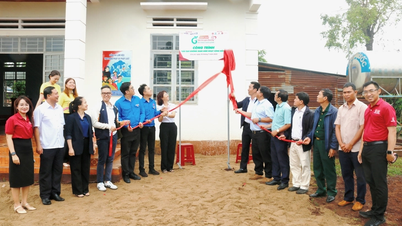

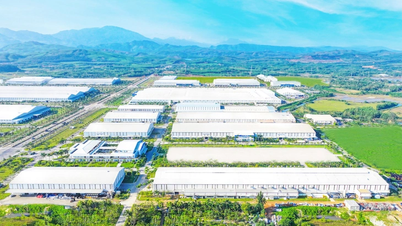






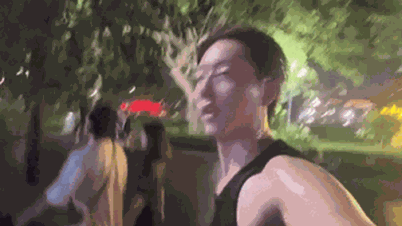


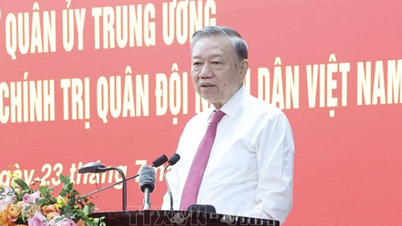










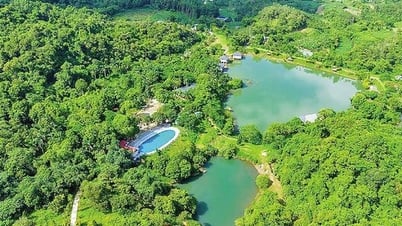























Comment (0)